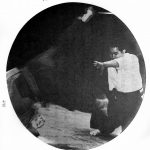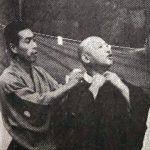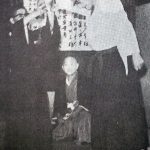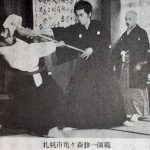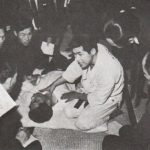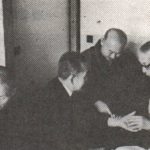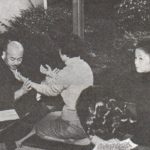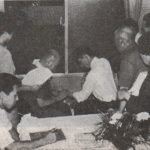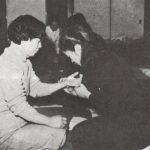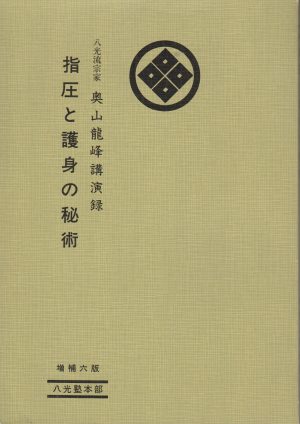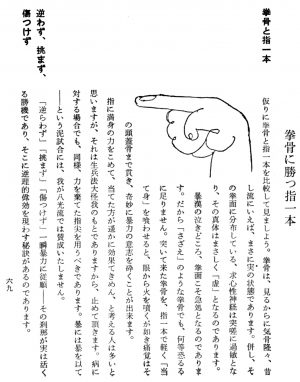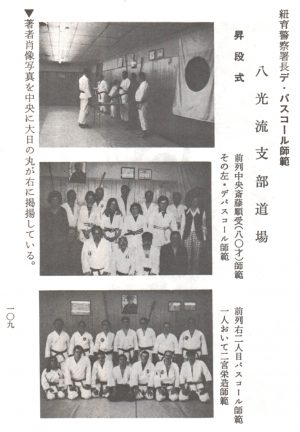指圧と護身の秘術
Shiatsu to Goshin no Hijutsu
Secret Art of Shiatsu and Self-Defense
First Ever English Translation of the Table of Contents
by Billy Ristuccia (Draft Version 2.0)
My English translation of the table of contents for Okuyama Ryuho, the founder of Hakko-ryu Jujutsu 八光流柔術 book: Shiatsu to Goshin no Hijutsu 指圧と護身の秘術 (Secret Art of Shiatsu and Self-Defense). This book details the deep link between Koho Shiatsu Igaku 皇法指圧医学 and Goshinjutsu 護身術 (self-defense). The book is broken into 4 chapters.
- Chapter 1 – is dedicated to explaining the principles of Koho Shiatsu.
- Chapter 2 – details how the principles of Koho Shiatsu are deeply linked with self-defense applications of the Jujutsu techniques of Hakko-ryu. Okuyama Sensei taught that a single finger can be used to heal a person or it can also be used to harm an attacker.
- Chapter 3 – is dedicated to various public lectures Okuyama Sensei gave.
- Chapter 4 – contains various information that had been published in magazines.
One of the major principles taught by Okuyama Sensei is that a single finger can be used to heal or to harm. Here Okuyama Sensei explains that the use of violence from your own fist to control violence is not needed. You do not need to harm an attacker. You do however need to remove their will to act out their violent intentions. Using a strike with a single finger to subtly break their will of violence. Okuyama Sensei begins to explain the three major tenants of Hakko-ryu:
- Sakarawazu 逆らわず (No Resistance)
- Idomazu 挑まず (No Challenge)
- Kizutsukezu 傷つけず (No Injury)
Junji Saito Sensei was Okuyama Sensei’s cousin. He brought Hakko-ryu Jujutsu and other martial arts systems to the USA and taught them to my teacher, Mike Depasquale Sr. Together they formulated a public curriculum they called “Yoshitsune Waza”. The system was designed as a form of self-defense by combining Jujutsu techniques from Hakko-ryu, Sekiguchi-ryu, and Sosuishi-ryu together with Kodokan Judo, and Nihon Goshindo Kenpo.
Okuyama Sensei was impressed with their self-defense curriculum and often gave praise to it in his own books that contained his own principles of Goshinjutsu. Okuyama Sensei was happy to see the principles of Hakko-ryu spreading in the USA.

